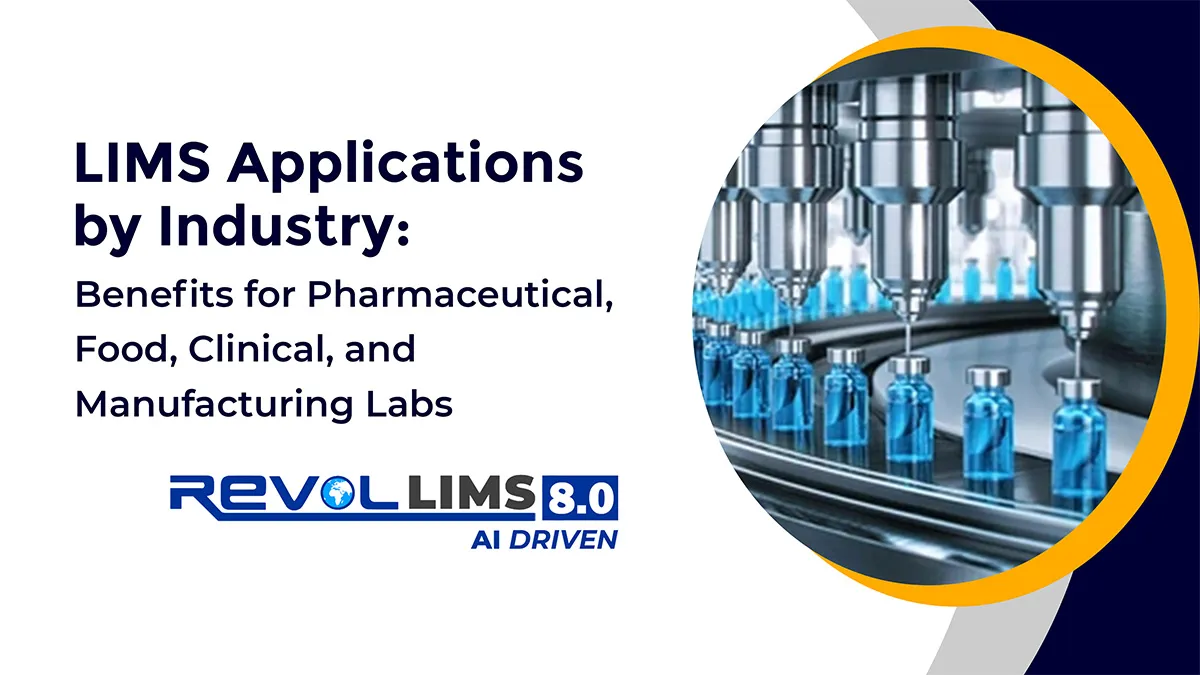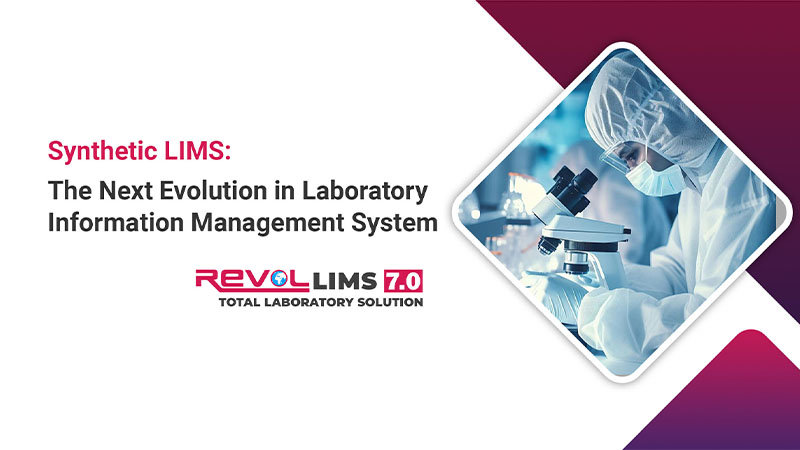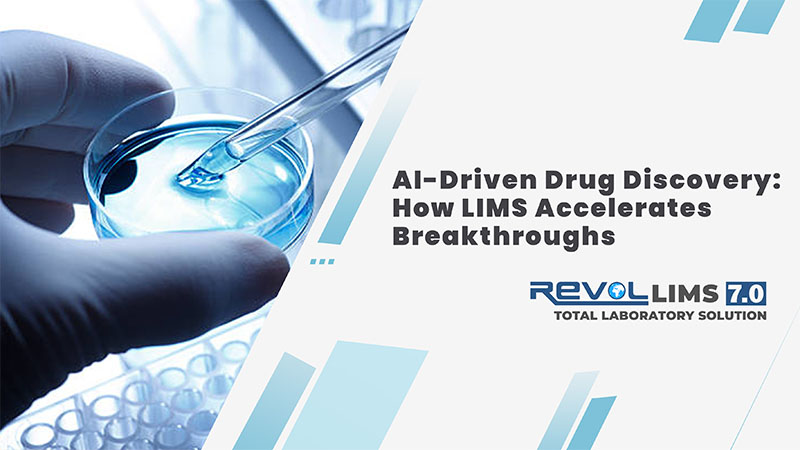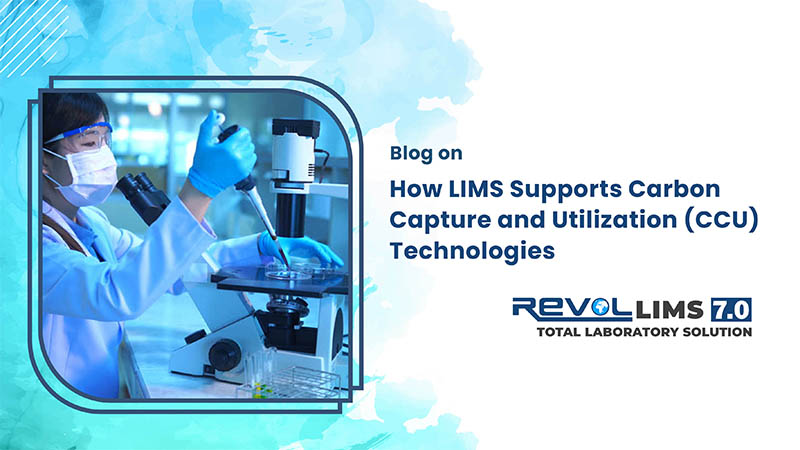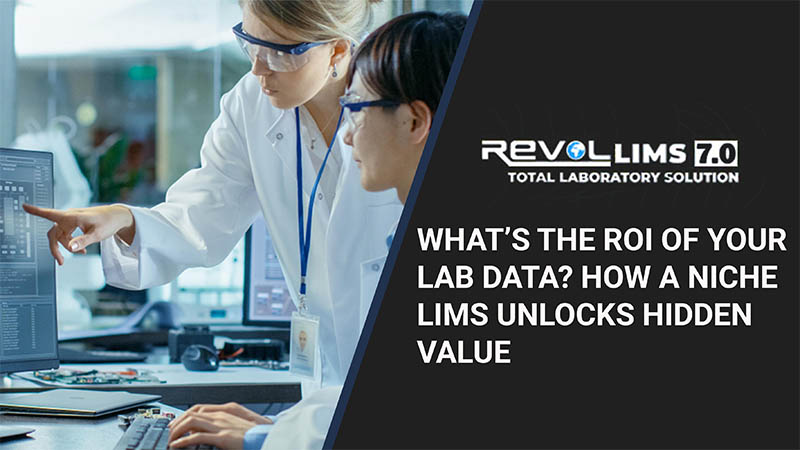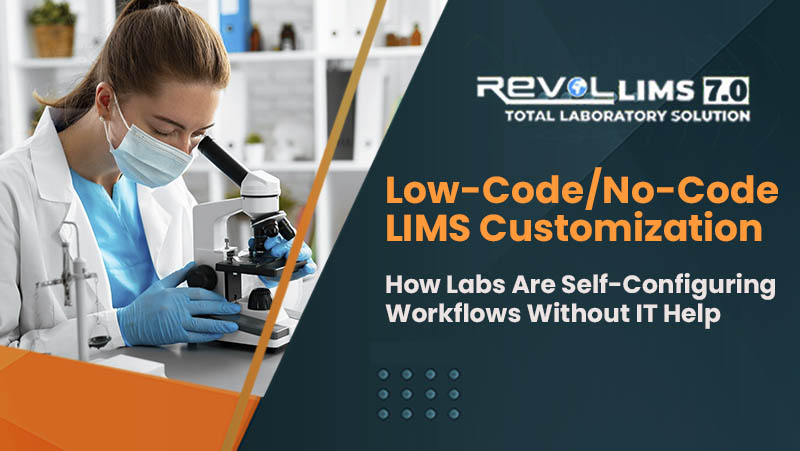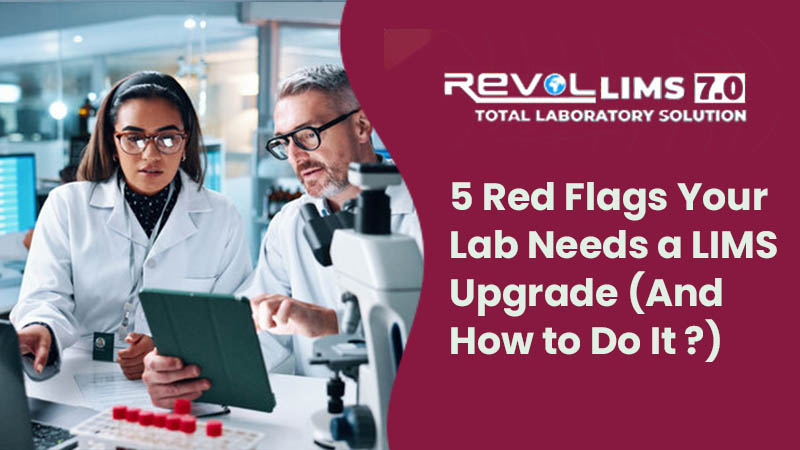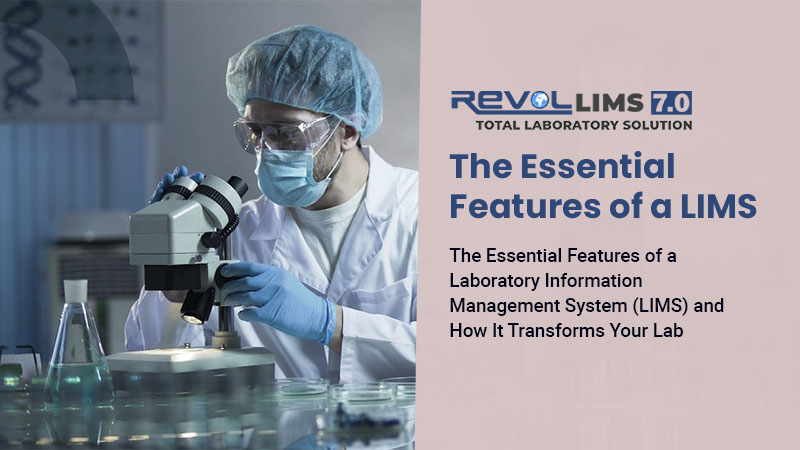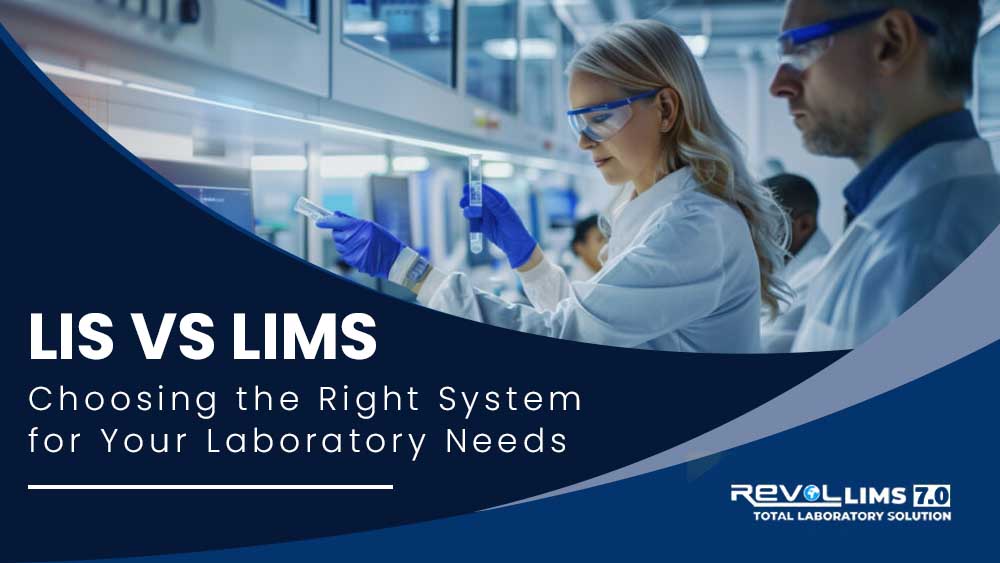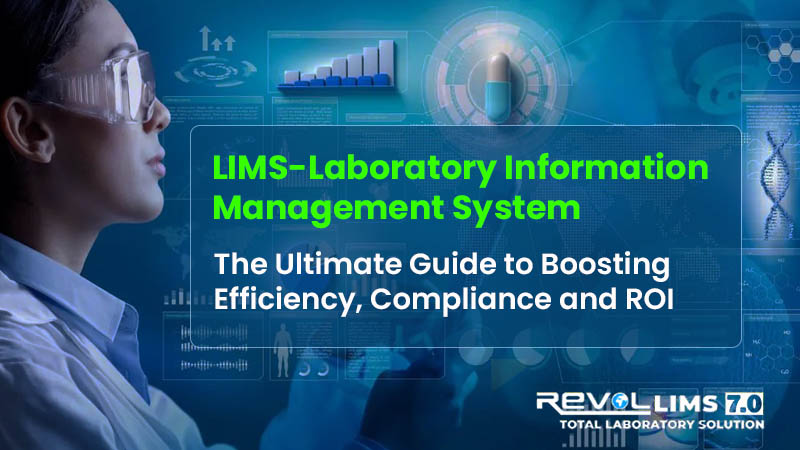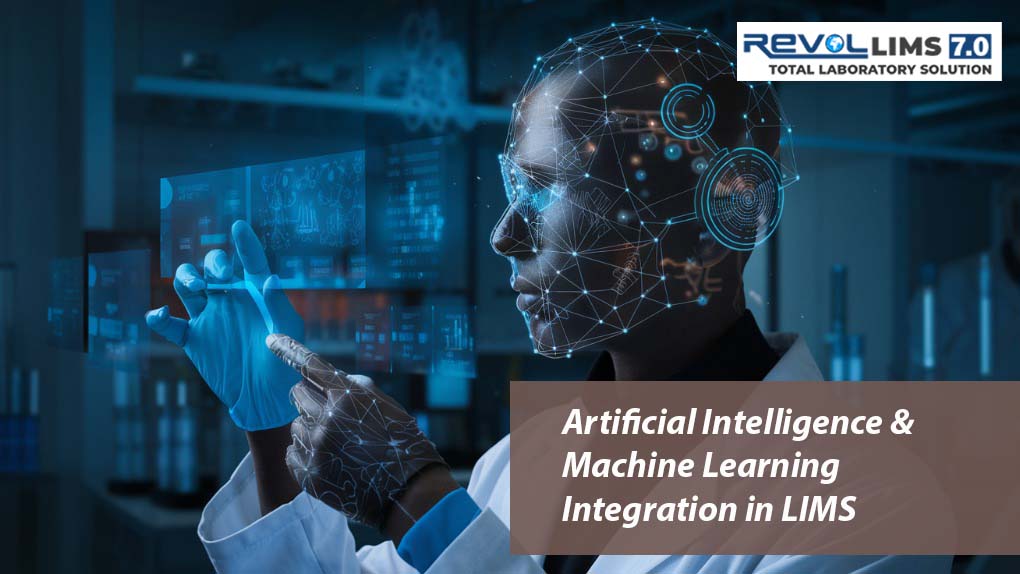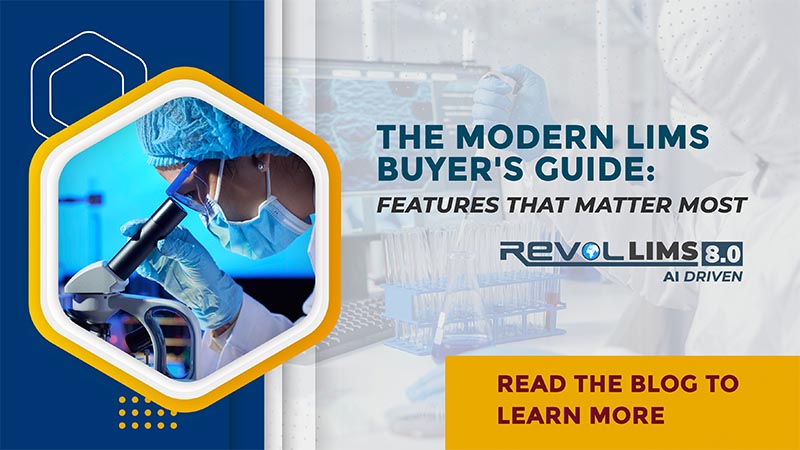
Introduction
Selecting the right Laboratory Information Management System (LIMS) is one of the most critical decisions laboratory managers face today. With laboratories handling increasing sample volumes, stricter regulatory requirements, and growing demands for data integrity, the stakes have never been higher. A recent industry study reveals that laboratories implementing modern LIMS solutions report up to 40% improvement in operational efficiency and 60% reduction in compliance-related errors.
However, not all LIMS platforms are created equal. The gap between traditional systems and modern,AI-powered solutions continues to widen. This comprehensive buyer's guide will help you navigate the complex LIMS landscape and identify the features that truly matter for your laboratory's success in 2025 and beyond.
Understanding Modern LIMS: Beyond Sample Tracking
A Laboratory Information Management System has evolved far beyond its original purpose of simple sample tracking. Today's LIMS serves as the central nervous system of laboratory operations, managing everything from sample registration and workflow automation to regulatory compliance and business intelligence.
Modern LIMS solutions address three critical challenges that laboratories face:
Data Management Complexity:
Laboratories generate massive amounts of data daily. A robust LIMS consolidates this information into a single, accessible platform, ensuring data integrity and traceability throughout the sample lifecycle.
Regulatory Compliance:
With standards like ISO 17025, FDA 21 CFR Part 11, and CAP becoming increasingly stringent, laboratories need systems that provide complete audit trails, electronic signatures, and automated compliance documentation.
Essential Features Every Modern LIMS Must Have
1. True Web-Based Architecture with Zero Footprint
The days of client-server LIMS installations are ending. A 100% web-based LIMS with zero footprint architecture offers unparalleled advantages:
Global Access:
Teams can access the system from anywhere, enabling remote work and multi-site collaboration.
Device Flexibility:
PC, tablet, and mobile responsiveness ensures laboratory staff can work on their preferred devices
Simplified IT Management:
No client software installations mean reduced IT overhead and faster deployment
Automatic Updates:
Cloud-based systems receive updates seamlessly without disrupting operations
This architecture is particularly crucial for organizations with multiple laboratory locations or those supporting field testing operations.
2. AI-Powered Intelligence and Automation
Artificial Intelligence is revolutionizing laboratory operations. Modern LIMS platforms now incorporate Gen-AI capabilities that transform how users interact with their data:
Conversational Interfaces:
AI-based chat assistants allow users to log samples, query data, and generate custom reports using natural language
Predictive Analytics:
Machine learning algorithms identify trends, predict equipment failures, and optimize resource allocation
Intelligent Workflow Routing:
AI-driven systems automatically route samples based on test requirements, priority, and resource availability These features dramatically reduce the learning curve for new users and accelerate day-to-day operations.
3. Configurable Workflows Without Programming
Every laboratory has unique processes. A LIMS that requires extensive programming for workflow customization creates dependency on vendors or specialized IT staff. Look for systems offering:
Visual Workflow Designers:
Drag-and-drop interfaces that allow laboratory managers to configure workflows without coding
Flexible Test Protocols:
Easy modification of test methods, acceptance criteria, and calculation formulas
Adaptive Business Rules:
Configure automated actions, notifications, and escalations based on your specific requirements
Configurability ensures your LIMS adapts to your processes, not the other way around.
4. Comprehensive Compliance and Quality Management
Regulatory compliance cannot be an afterthought. Essential compliance features include:
Complete Audit Trail:
Automatic logging of all system activities with timestamps and user identification
Electronic Signatures:
FDA 21 CFR Part 11 compliant e-signature capabilities for critical operations
Role-Based Security:
Configurable access controls ensuring users only access data relevant to their responsibilities
Document Management:
Centralized storage and version control for SOPs, protocols, and quality documents
Training Management:
Track staff certifications, training requirements, and competency assessments
These features are non-negotiable for laboratories seeking or maintaining ISO 17025, CAP, or FDA compliance.
5. Integrated Quality Control with SQC/SPC
Statistical Quality Control (SQC) and Statistical Process Control (SPC) capabilities should be built into your LIMS, not added as afterthoughts:
Real-Time Control Charts:
Automated generation of Levey-Jennings, Westgard, and other control charts
Automatic Rule Evaluation:
Immediate flagging of out-of-control conditions
Trend Analysis:
Long-term performance monitoring and capability studies
Comparative Analysis:
Cross-laboratory and cross-method comparisons for standardization
Integrated SQC/SPC ensures quality issues are identified and addressed before they impact sample results.
6. Advanced Sample and Inventory Management
Efficient sample handling and inventory control directly impact laboratory productivity:
Sample Lifecycle Tracking:
Complete chain of custody from collection through disposal
Barcode/RFID Integration:
Automated sample identification reducing manual errors
Inventory Management:
Real-time tracking of reagents, consumables, and standards with automatic reorder alerts
Reagent Management:
Lot tracking, expiration monitoring, and usage history
Storage Management:
Visual representations of storage locations with capacity monitoring
These features minimize sample mix-ups, prevent stockouts, and ensure test validity.
7. Real-Time Dashboards and Dynamic Reporting
Data is only valuable when it's accessible and actionable:
Role-Based Dashboards:
Customized views showing relevant KPIs for different user roles
Real-Time Metrics:
Live updates on sample status, turnaround times, and resource utilization
Ad-Hoc Reporting:
User-friendly report builders allowing staff to create custom reports without IT assistance
Automated Report Distribution:
Scheduled delivery of standard reports to stakeholders
Data Visualization:
Charts, graphs, and heat maps making trends immediately apparent
Modern LIMS platforms should transform raw data into business intelligence that drives decision-making.
8. Seamless Integration Capabilities
Your LIMS doesn't operate in isolation. Integration capabilities are critical:
ERP Integration:
Bidirectional data exchange with enterprise resource planning systems
Instrument Integration:
Direct data capture from analytical instruments eliminating transcription errors
Client Portals:
Secure online access for customers to submit samples and view results
API Availability:
RESTful APIs enabling integration with other laboratory systems
Email and SMS Notifications:
Automated alerts keeping stakeholders informed
Integration eliminates data silos and creates a connected laboratory ecosystem.
9. Specialized Module Support
Depending on your laboratory type, specialized modules become essential:
Stability Management:
For pharmaceutical laboratories tracking product shelf-life studies
Case Management:
For forensic and clinical laboratories managing complex investigations
Order and Invoice Management:
For commercial laboratories requiring complete business management
Complaint Management:
Systematic handling of customer complaints and CAPA processes
Asset Management:
Comprehensive equipment tracking, calibration scheduling, and maintenance history
Evaluate whether the LIMS offers modules specific to your industry without requiring extensive customization.
Key Considerations in Your LIMS Selection Process
Deployment Flexibility
Consider whether cloud-based, on-premise, or hybrid deployment best suits your organization's security requirements, budget, and IT capabilities. Modern solutions offer deployment flexibility allowing you to choose the model that fits your needs.
Vendor Stability and Support
Evaluate the vendor's track record, financial stability, and customer support capabilities. Look for vendors offering:
- Comprehensive training programs
- Responsive technical support
- Regular product updates and enhancements
- Active user communities
Scalability and Future-Proofing
Your LIMS should grow with your laboratory. Assess whether the platform can handle:
- Increasing sample volumes
- Additional users and locations
- New test methods and workflows
- Emerging regulatory requirements
Total Cost of Ownership
Look beyond initial licensing costs to understand the complete financial picture:
- Implementation and configuration expenses
- Training costs
- Ongoing maintenance and support fees
- Infrastructure requirements
- Customization and upgrade costs
Making Your Final Decision
Selecting a LIMS is a significant investment in your laboratory's future. Use these steps to make an informed decision:
Document Your Requirements :
Create a detailed list of must-have features, nice-to-have capabilities, and deal-breakers
Request Demonstrations :
See the systems in action with workflows similar to your laboratory's processes
Check References :
Speak with current customers in similar industries about their experiences
Conduct Pilot Testing :
If possible, run a proof-of-concept with your actual data and workflows
Evaluate Long-Term Partnership :
Choose a vendor committed to your success, not just a software sale
Conclusion
The right LIMS transforms laboratory operations, turning compliance challenges into competitive advantages and data management headaches into strategic insights. In 2025, the features that matter most are those that combine powerful functionality with ease of use, regulatory compliance with operational efficiency, and current capabilities with future adaptability.
Modern LIMS platforms like Revol LIMS exemplify this evolution, offering 100% web-based architecture, AI-powered intelligence, comprehensive compliance tools, and the flexibility to adapt to your unique laboratory needs. By focusing on the essential features outlined in this guide, you'll be well-equipped to select a LIMS that not only meets today's requirements but positions your laboratory for future success.
Ready to explore how a modern LIMS can transform your laboratory operations? Request a personalized demonstration to see these critical features in action and discover how the right system can drive efficiency, ensure compliance, and unlock the full potential of your laboratory data.



